The Minister for the Arts, the Hon John Hill, has just announced the successful applicants of History SA’s two annual grant programs for 2011-12.
The $35,000 South Australian History Fund will assist 18 organisations and individuals from across the State. It is an opportunity for the State government to support the growing numbers of enthusiastic South Australian authors, historians, historical groups and museums to research, publish, conserve and display our local history. The projects receiving funding under the grant scheme signify the usual wide variety – from heritage trails and interpretive signage such as those planned by the Wend/Sorb Society of SA, Jamestown Flying Group and the Farina Restoration Group; publications about pioneering Adelaide conductor William Cade, the history of Riverside Rowing Club and Finniss Springs Aboriginal Mission; new research into the social welfare services of women in distress in early 20th century South Australia as well as a number of interesting digitisation, oral history and archiving projects.
The Community Museums Program annual funding of $150,000, which assists our registered and accredited local community museums, has been allocated to 26 individual projects. Minister Hill is pleased that this will provide “invaluable funding to local museums to better tell their own stories”. The funding has been carefully distributed across the State so that all regions can benefit from having their history maintained, interpreted and displayed. We look forward to seeing many of the innovative projects coming to fruition in the coming year such as the conservation work on the 1836 Proclamation of South Australia document held by the Holdfast Bay History Centre; a new display about the Domestic Home front during Wartime at Mallala Museum; an assessment of Millicent Museum’s fine collection of horse drawn carriages and some essential work on Penneshaw Museum’s maritime room on Kangaroo Island.
The Media Release from Minister Hill’ s office can be found here while the full list of approved SAHF and CMP grants are available on this website. We will publish news of these projects as they progress and are launched over the coming year here or via our Flickr page. Both grants are administered by History SA. For further information or assistance with your project contact Community History Officers Amanda James or Pauline Cockrill.


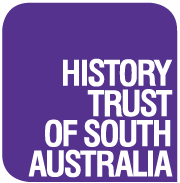
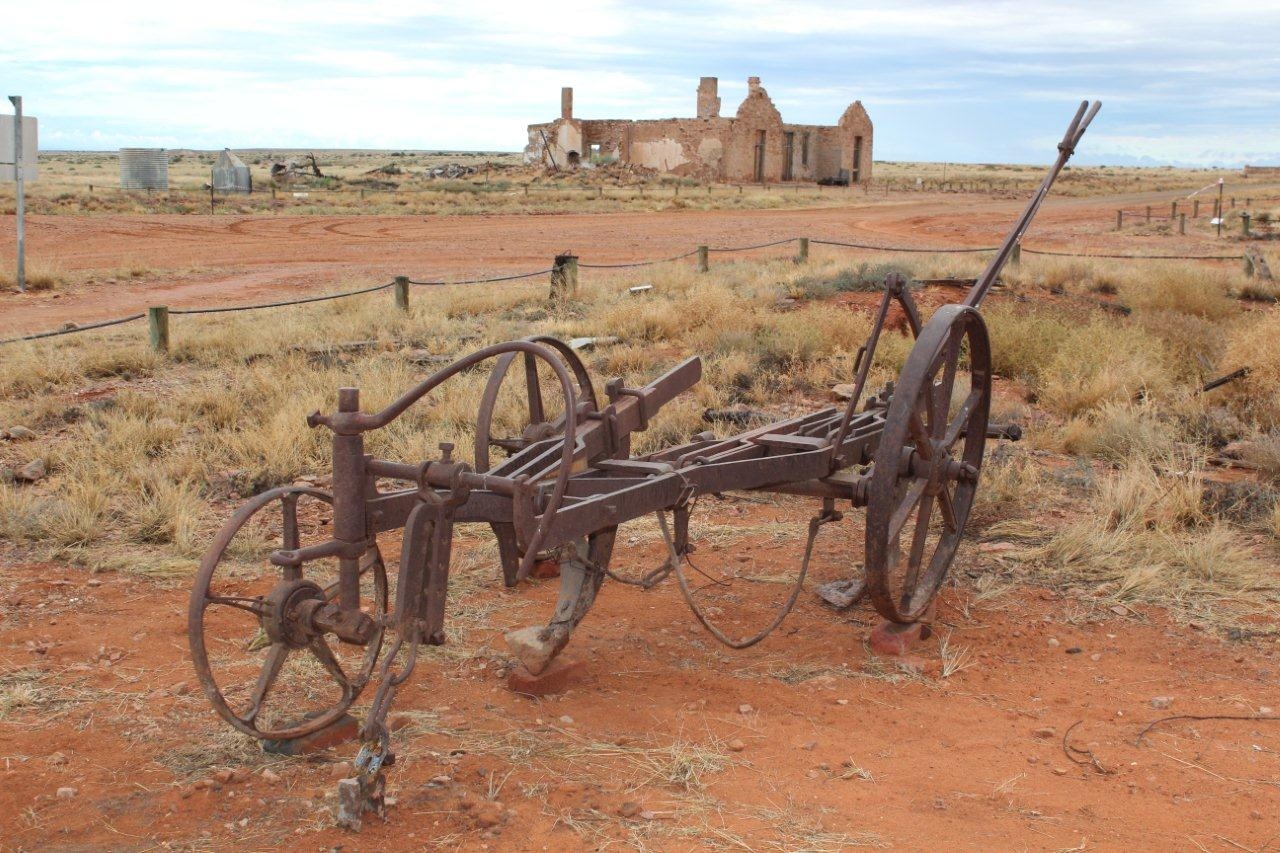
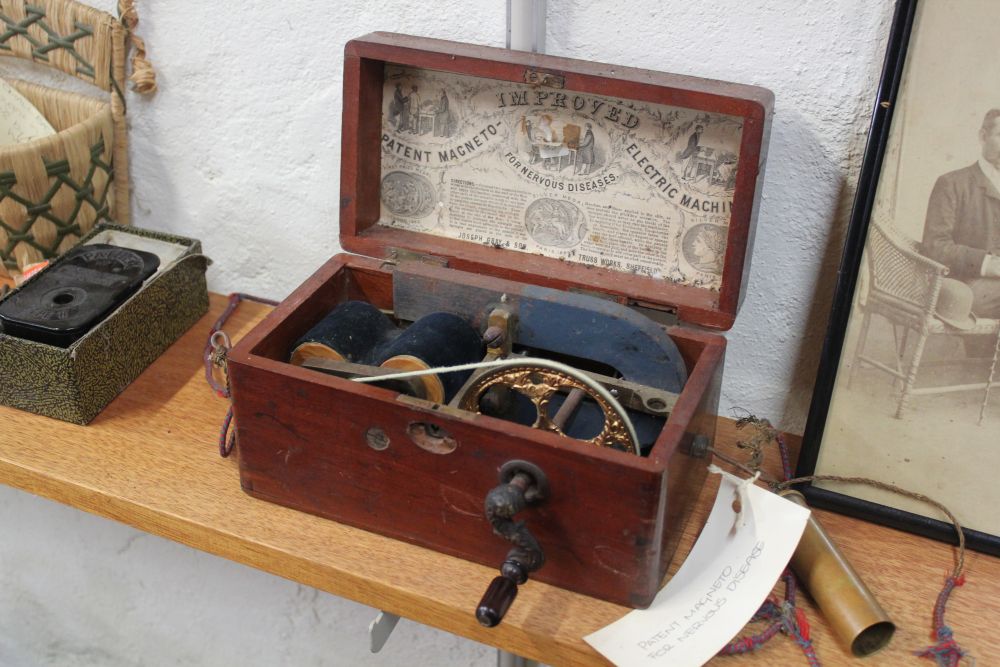
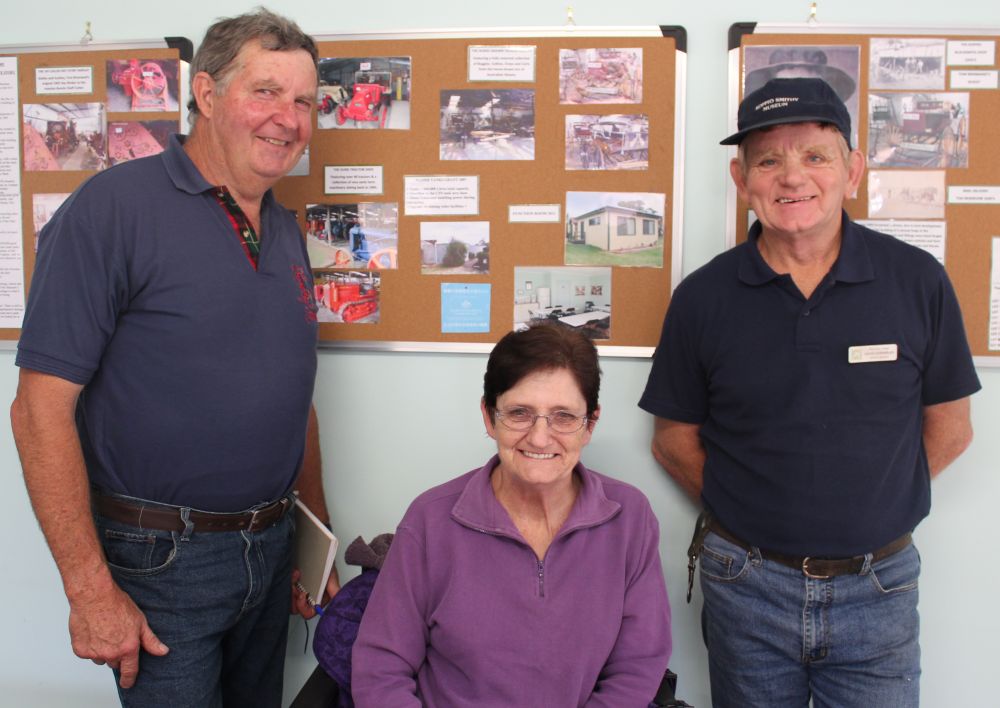


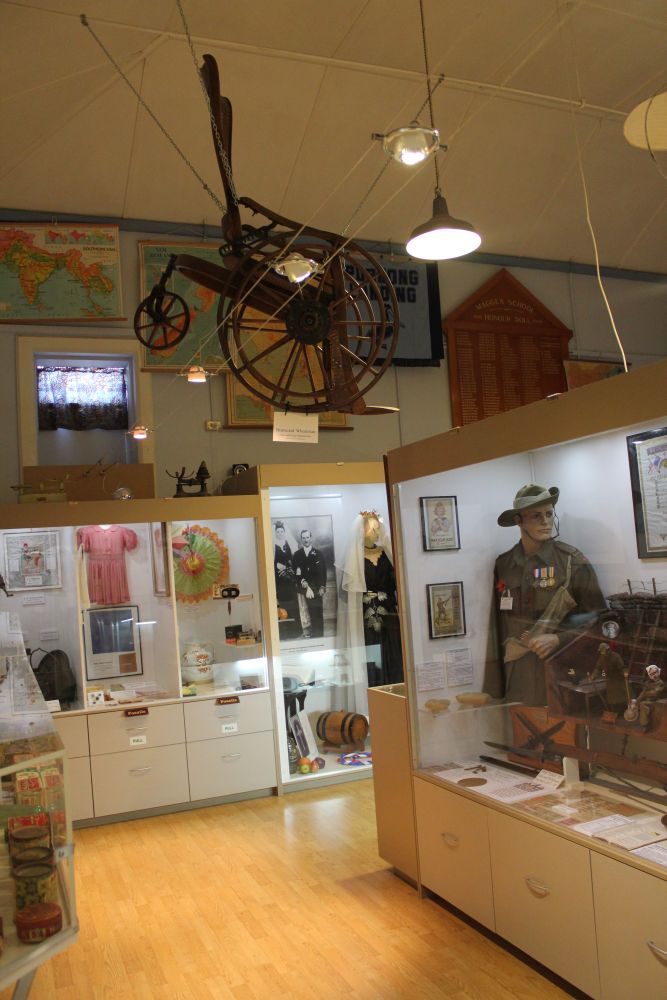
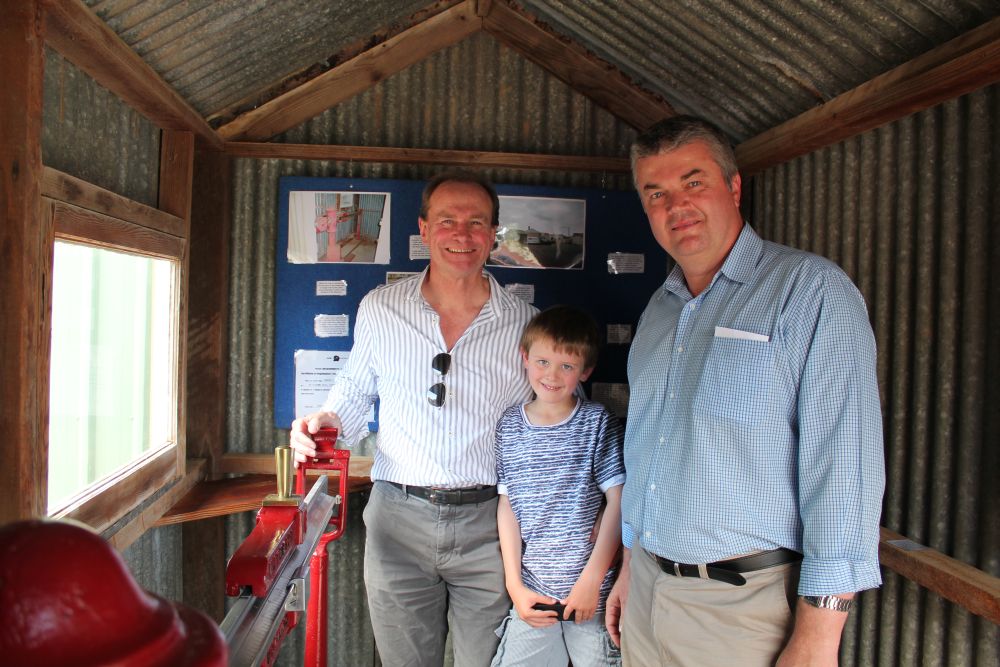
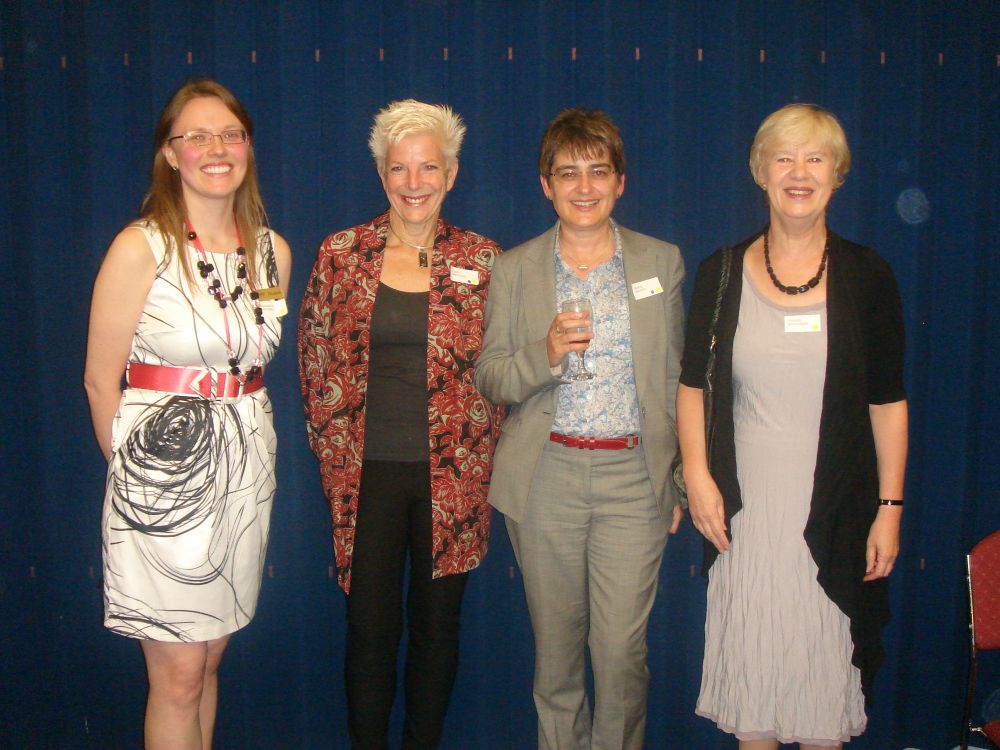
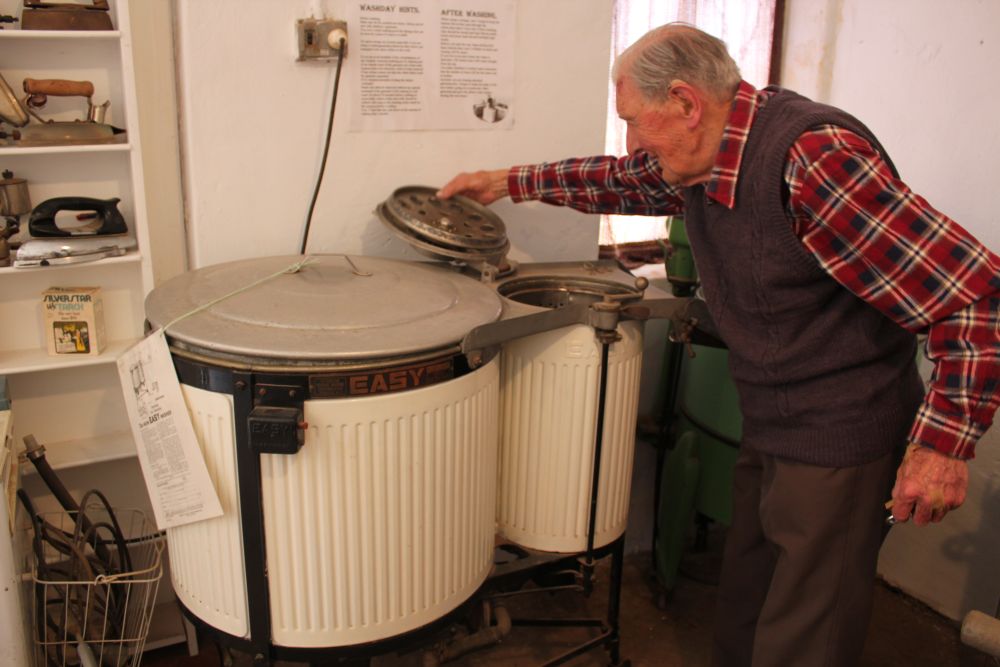
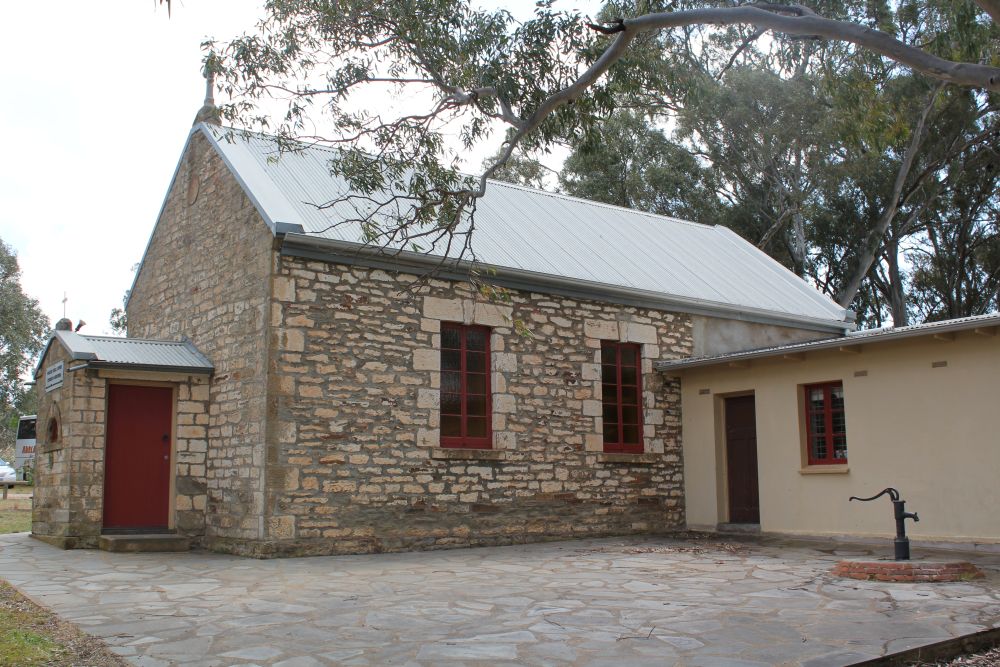
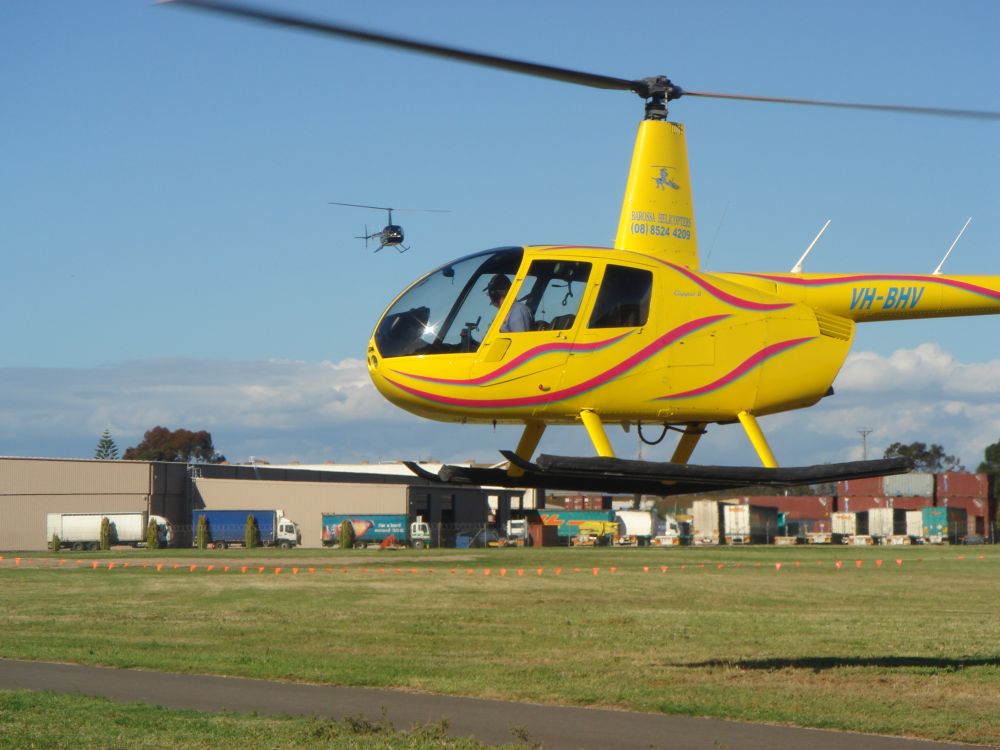
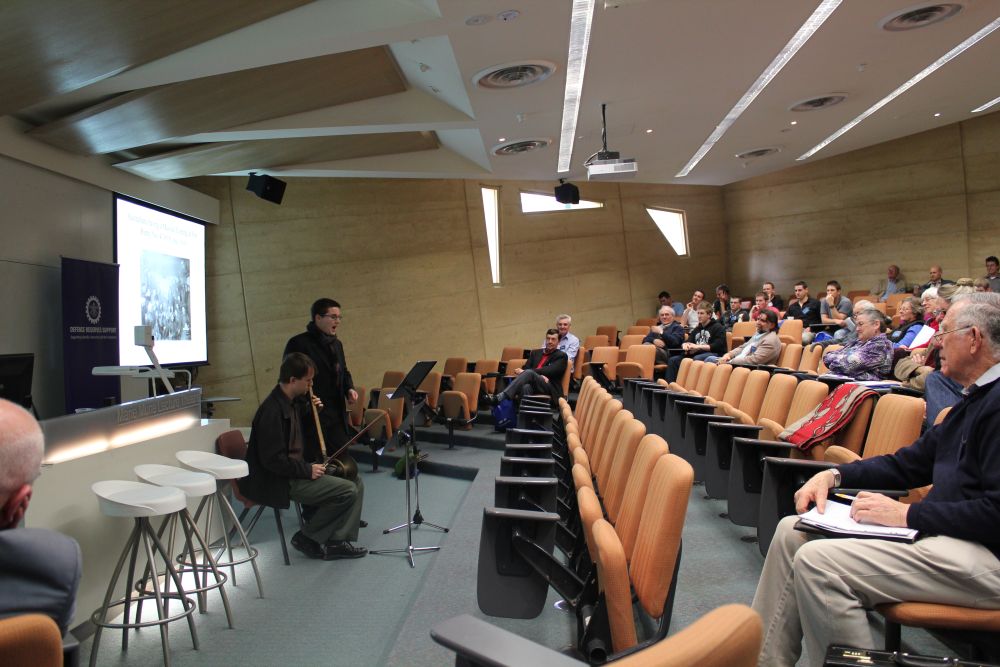

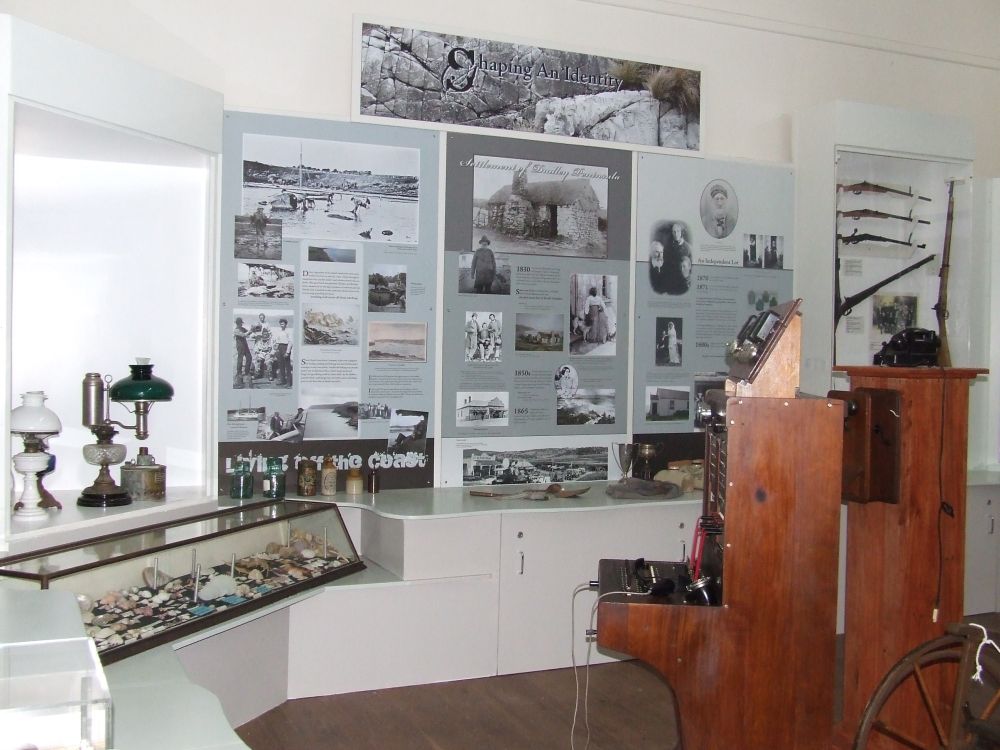
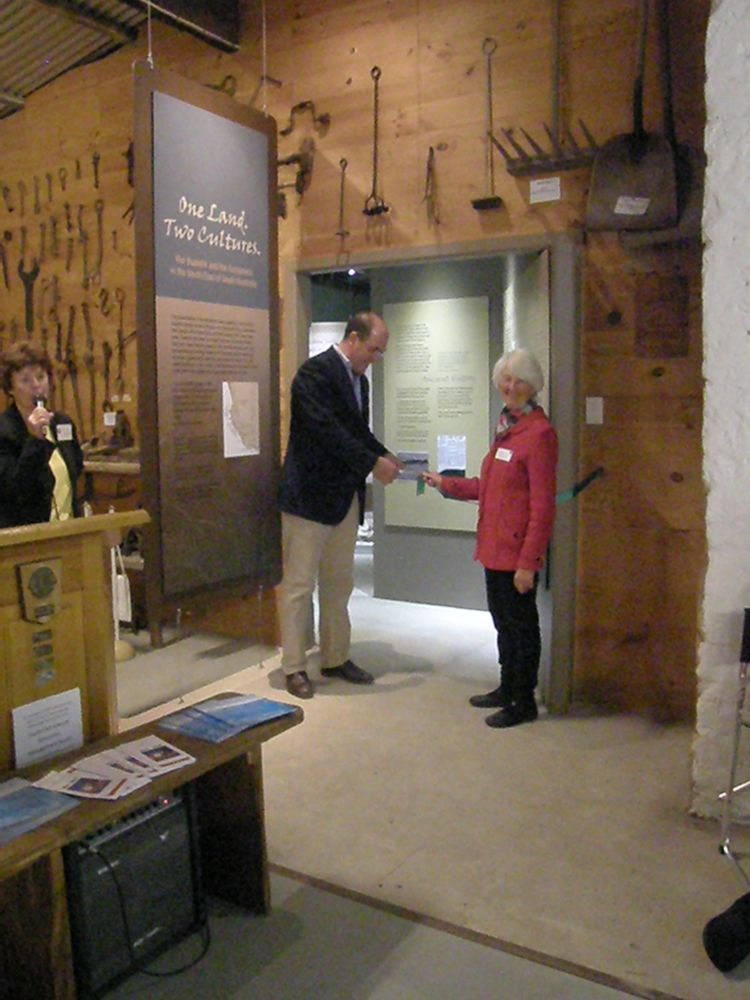
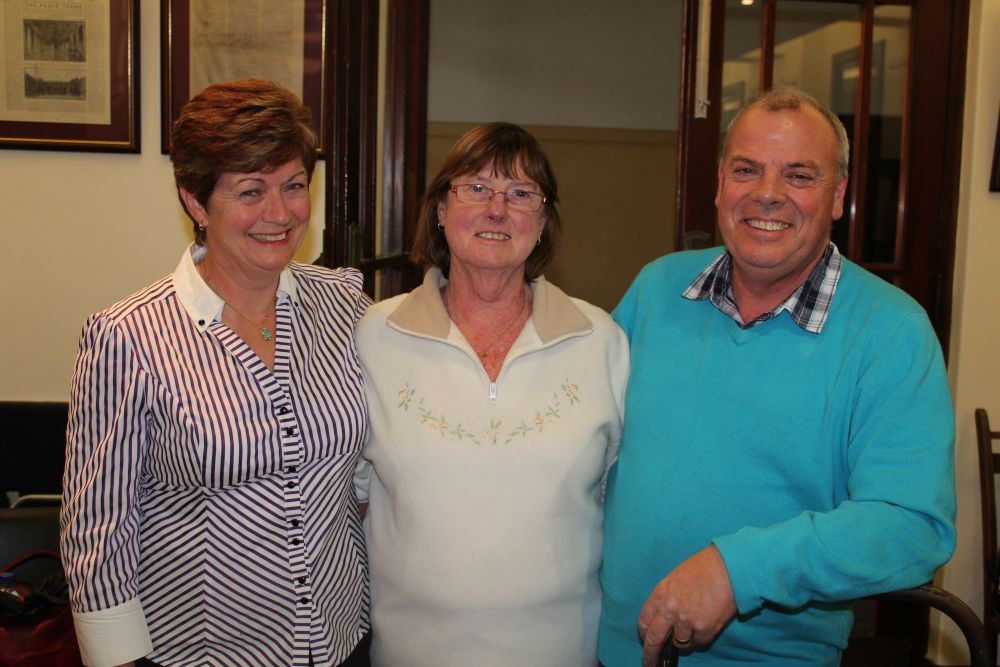
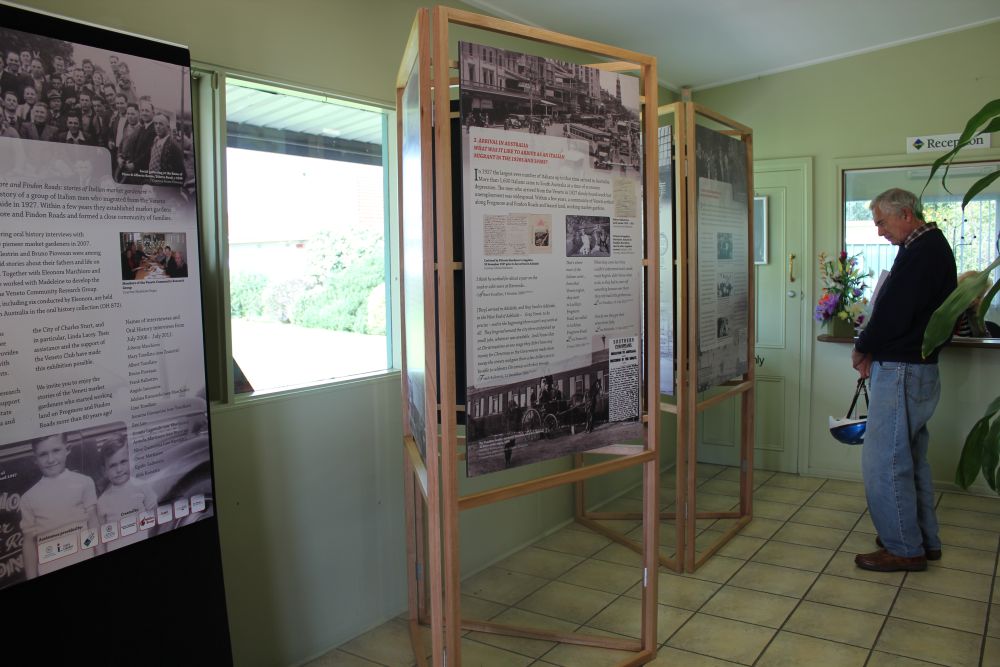


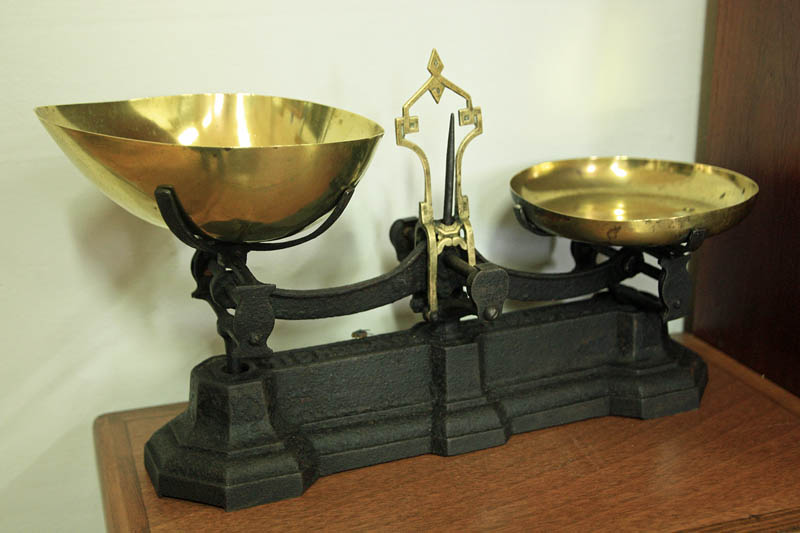
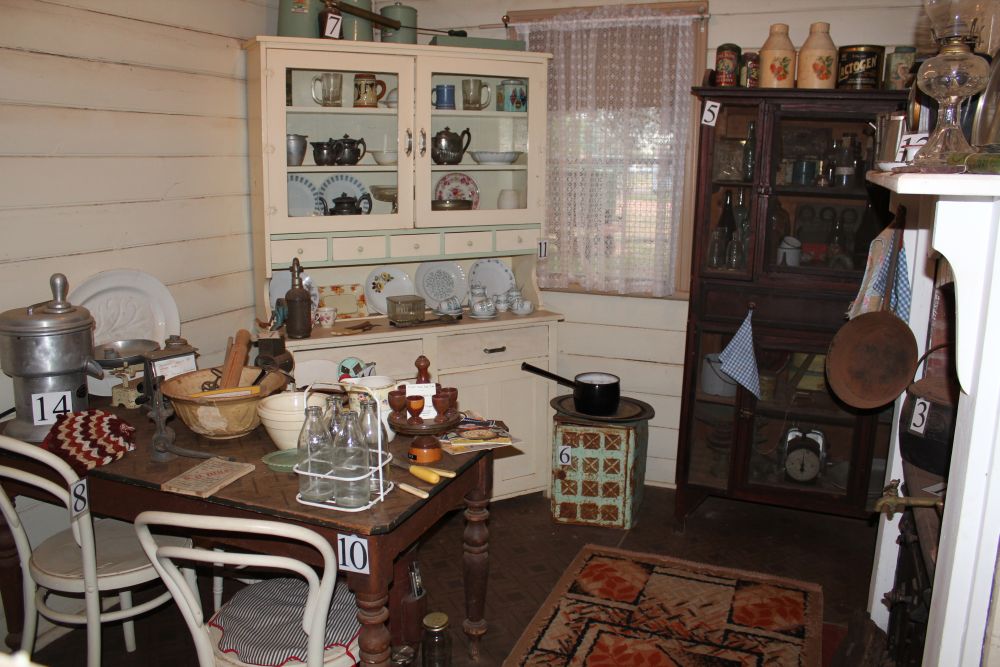
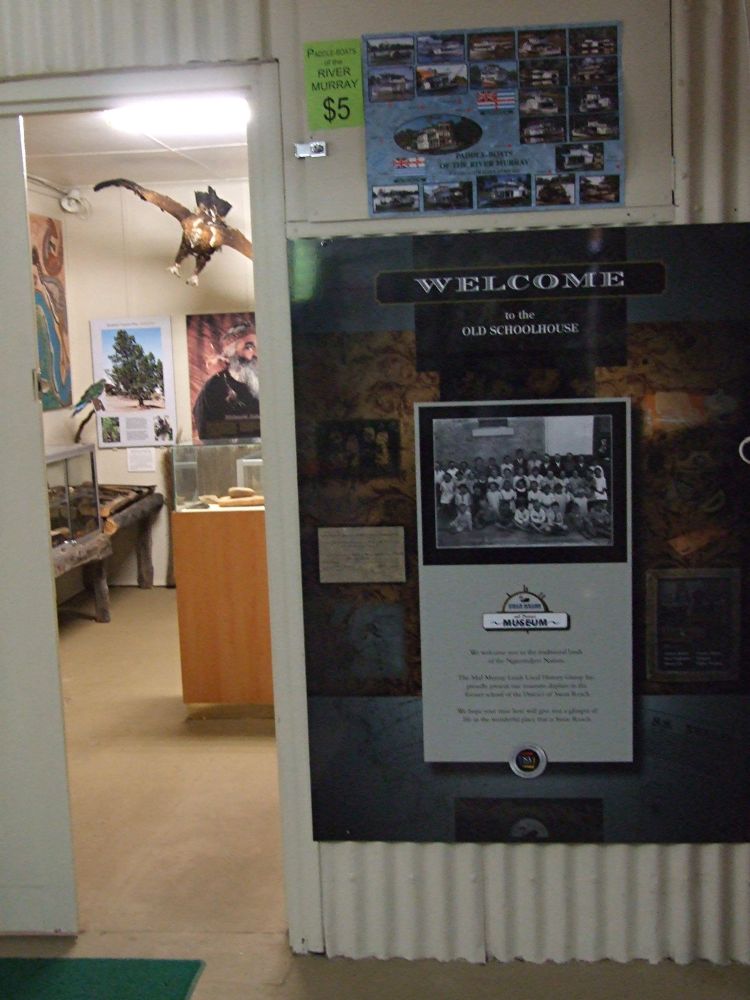
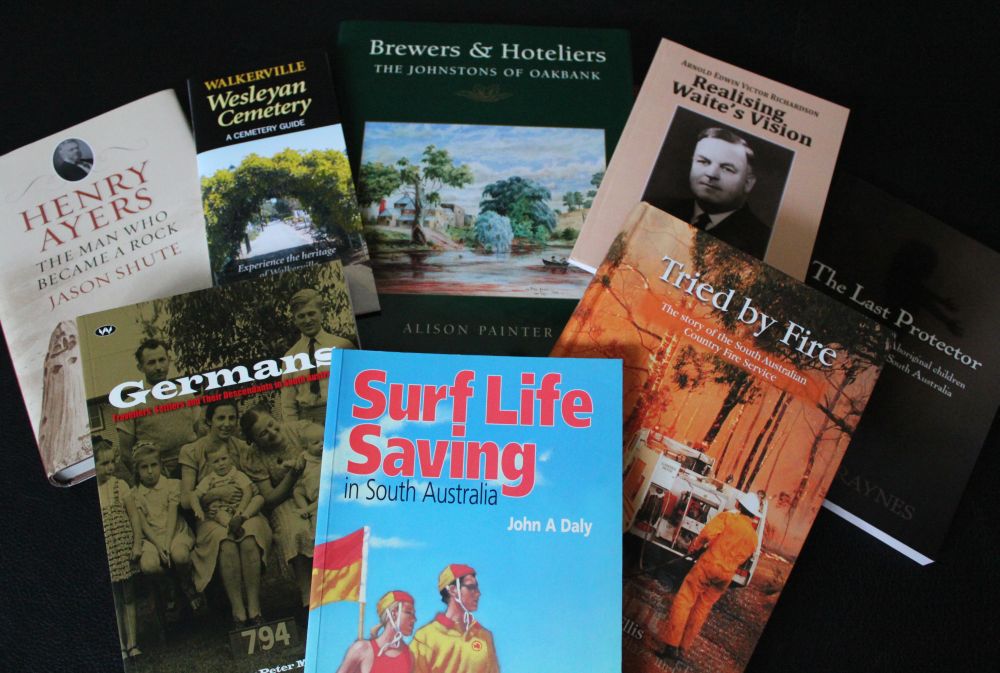
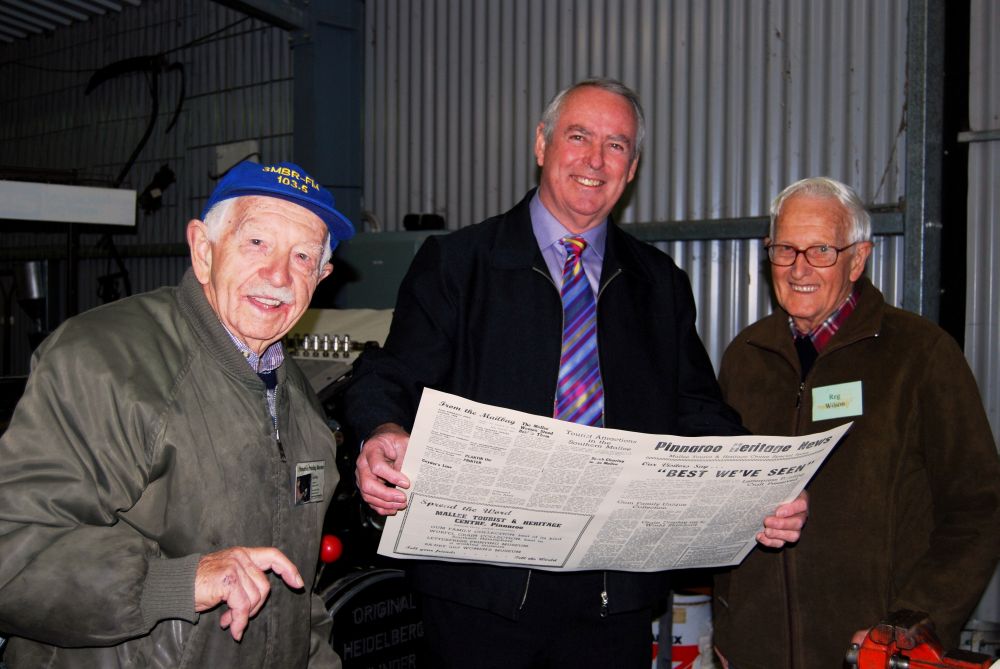

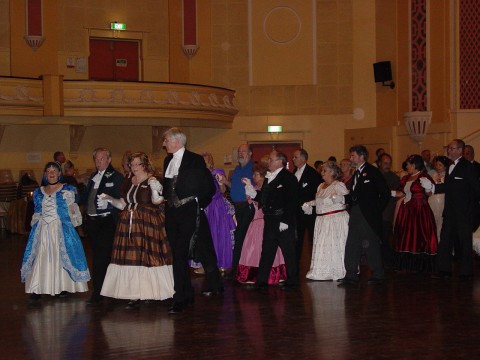



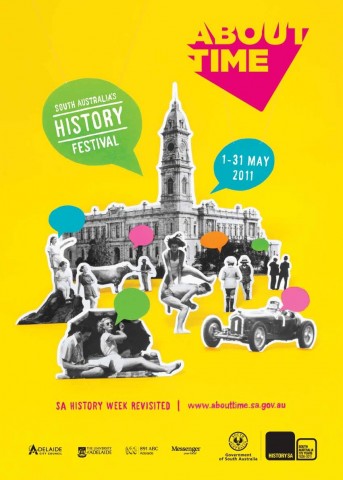
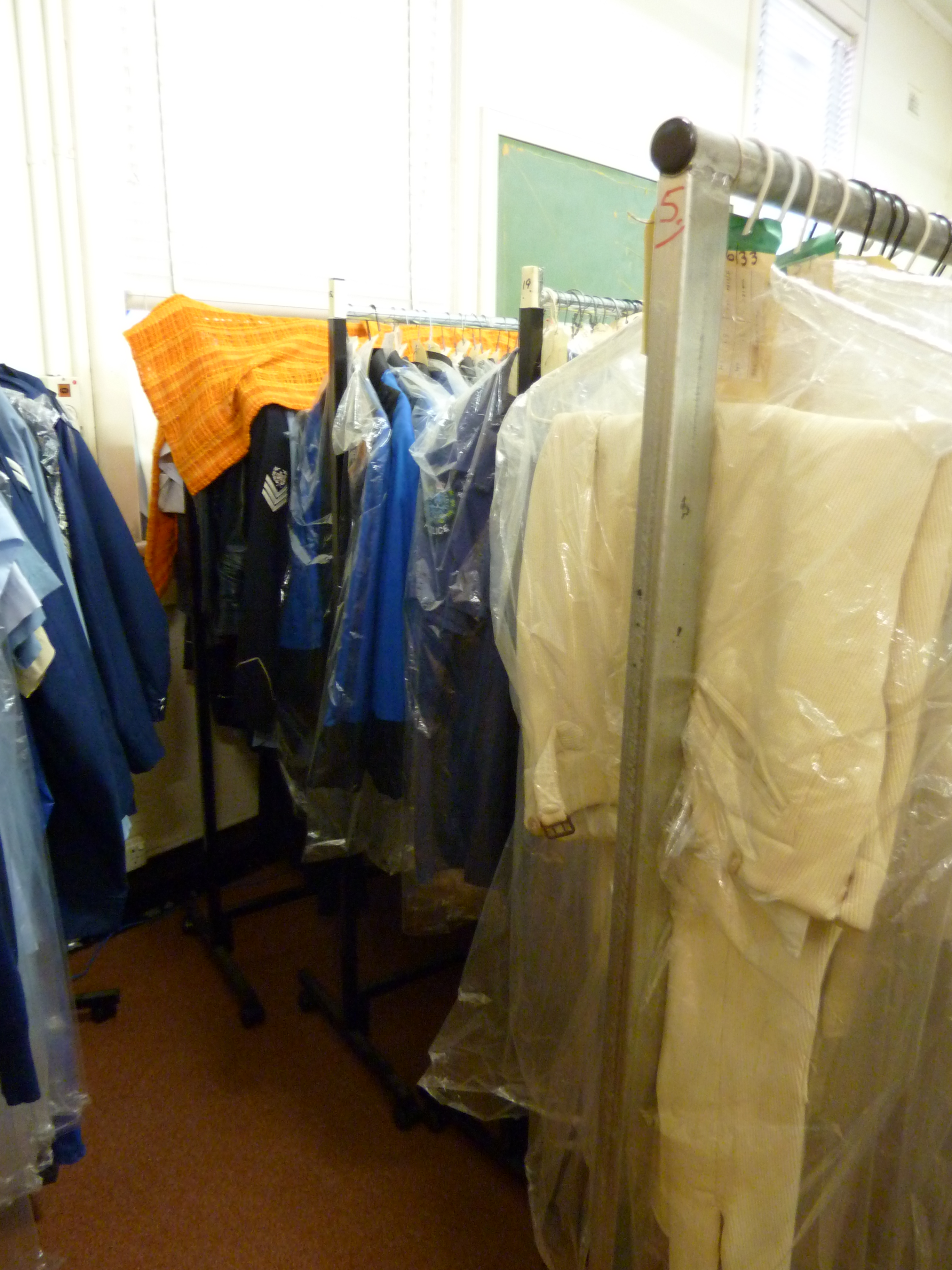
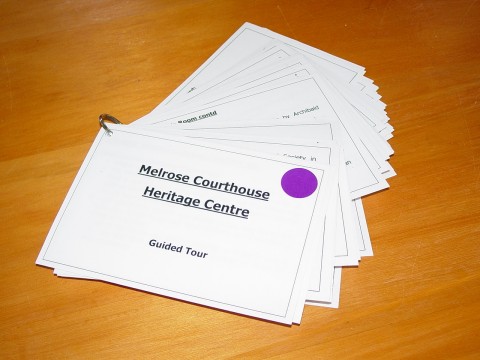
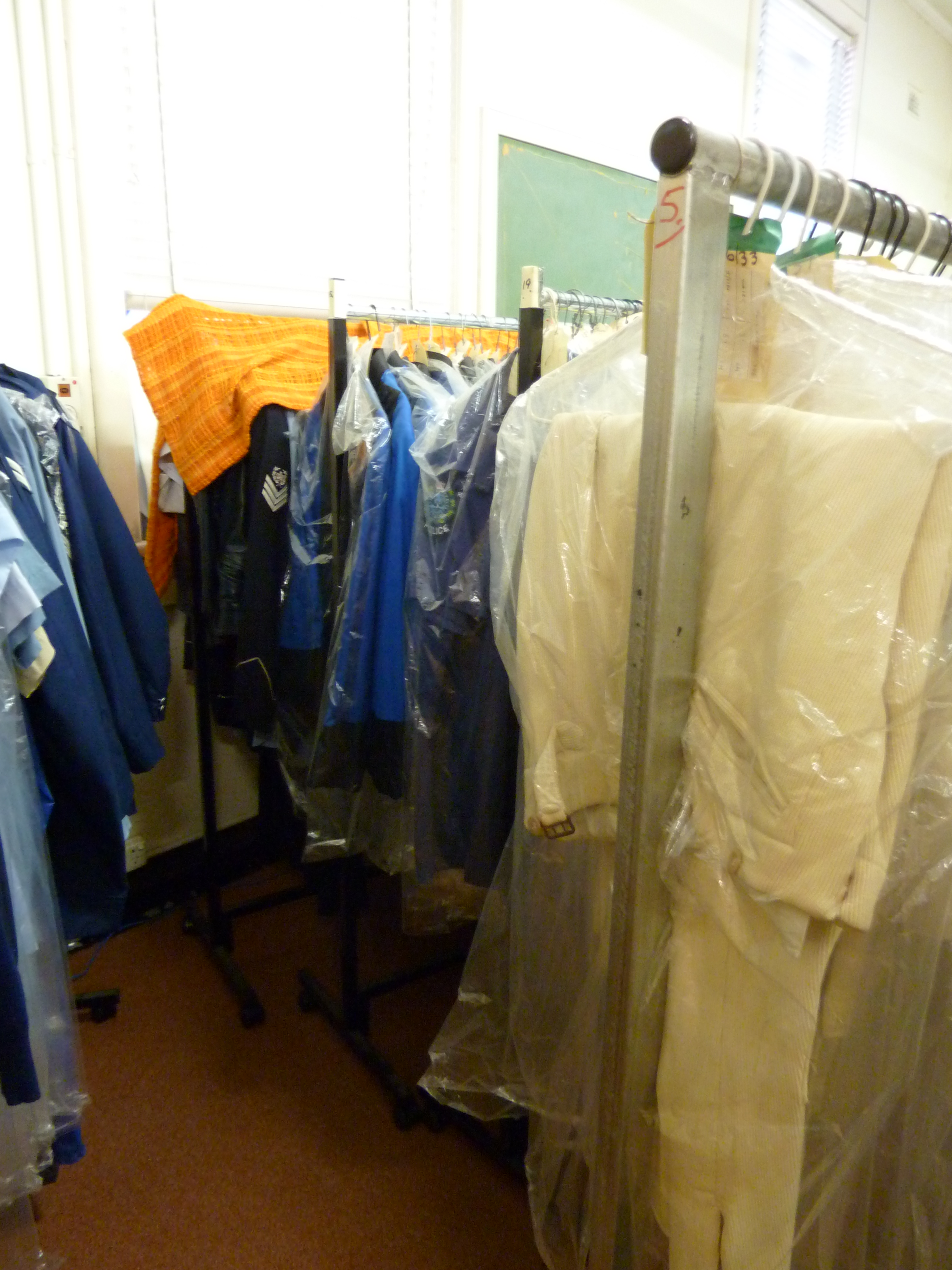
Recent Comments